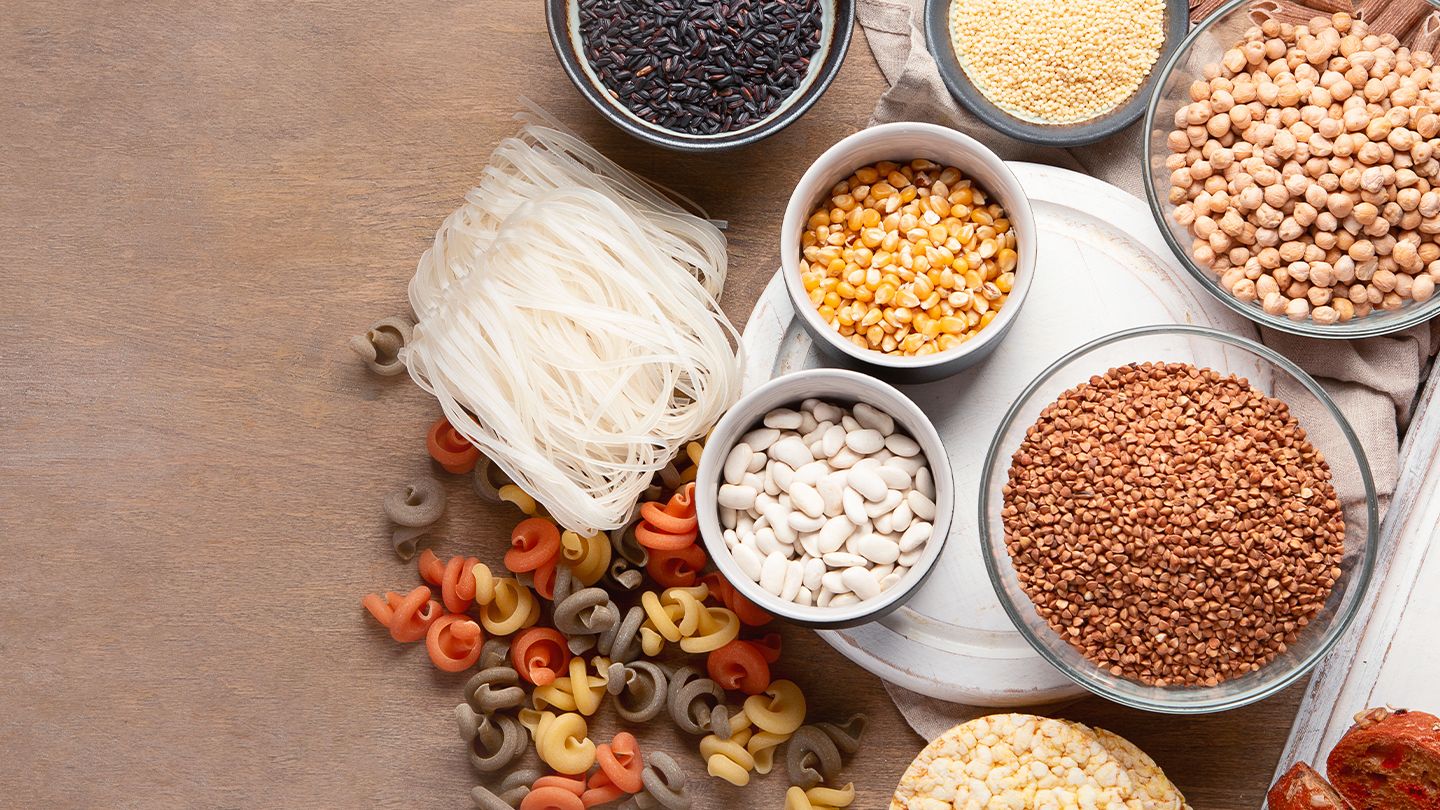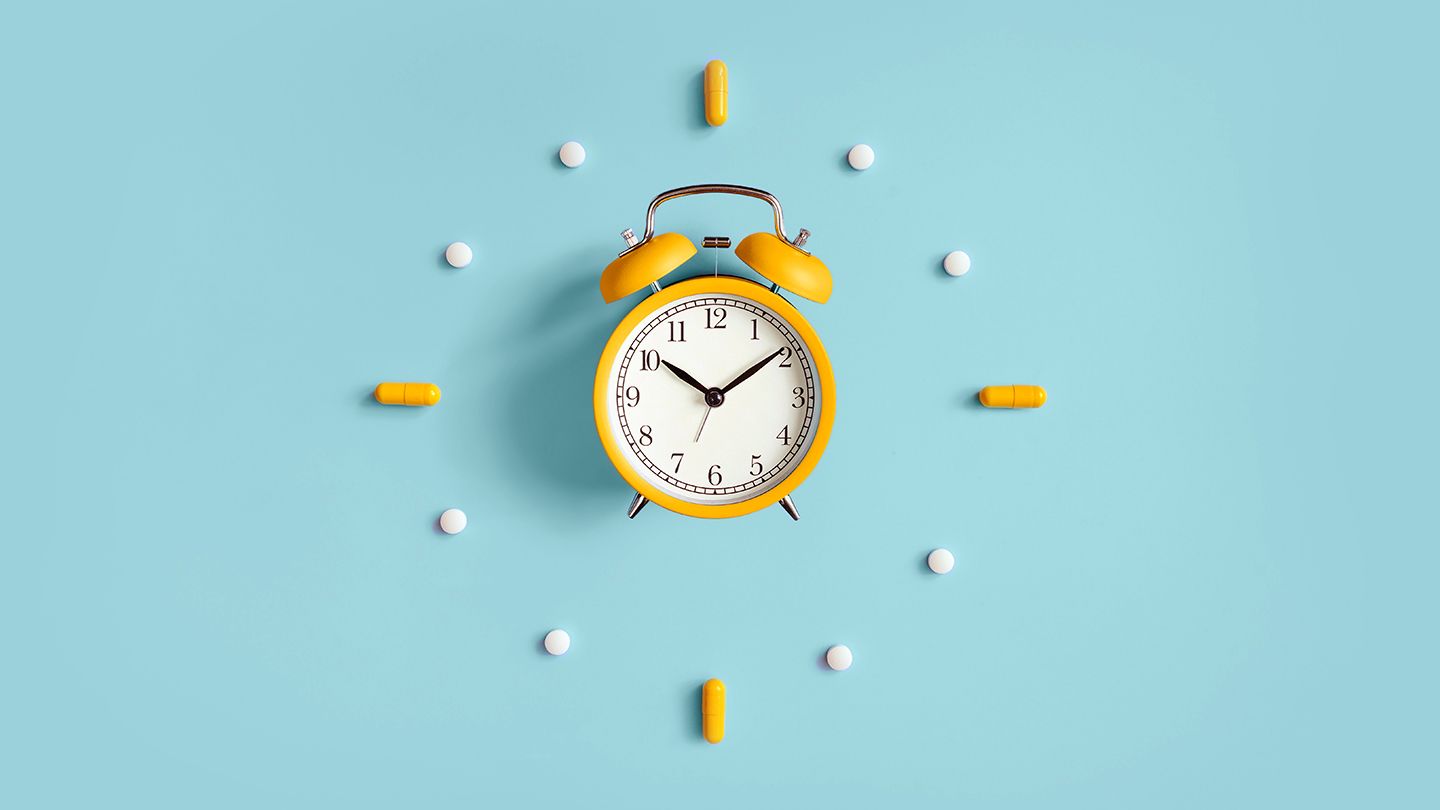Creating an ADHD-Friendly Shopping List
Following an ADHD-friendly diet can help minimize symptoms and improve concentration and focus. Making a printable grocery list ensures you stock up on nutritious foods while avoiding items that may trigger hyperactivity and attention deficits.
Limiting Processed Foods and Sugars
Avoid pre-packaged snacks, cereals, juices and baked goods containing artificial colors, flavors and sweeteners like high fructose corn syrup. These have been linked to exacerbated ADHD episodes. Stock up on fresh whole foods instead.
Choosing High Fiber Grains
Replace white, refined bread and pasta with 100% whole grain varieties dense in fiber and nutrients. Quality carbohydrates provide steady energy and help balance blood sugar levels that impact focus.
Picking Lots of Fruits and Vegetables
Load up on fresh organic produce like berries, leafy greens, broccoli, citrus fruits and tomatoes. These provide vitamins, antioxidants and folate to support neurological functioning.
Adding Essential Fatty Acids
The brain needs omega-3s DHA and EPA found in cold water fish, walnuts and flax. These improve neuron communication and help manage ADHD tendencies.
ADHD Grocery Shopping List Items to Include
Proteins and Meat
- Eggs and omega-3 enriched eggs
- Wild caught salmon
- Grass-fed beef
- Organic chicken
- Beans and lentils
- Nuts like almonds, walnuts, pecans
Dairy Products
- Greek yogurt
- Kefir
- Organic milk
- Cheese sticks
Fruits and Vegetables
- Blueberries
- Strawberries
- Bananas
- Carrots
- Sweet potatoes
- Broccoli
- Squash
- Leafy greens - kale, spinach, etc.
Grains
- Brown or wild rice
- Oatmeal
- Quinoa
- Whole grain cereal and pasta
Foods to Exclude from the Shopping List
When grocery shopping for an ADHD household, steer clear of these items known to negatively impact symptoms:
Sugary Foods and Beverages
Sodas, juices, candy, ice cream, sugary cereals, and baked goods cause blood sugar spikes and crashes resulting in attention lapses and hyperactivity.
Artificial Ingredients
Preservatives, colors, sweeteners and flavors heighten hypersensitivity. Check labels and avoid products listing artificial additives or hydrogenated fats.
Simple Carbohydrates and White Flour
Heavily processed breads, snacks, pastas and rice made with refined grains create energy level ups and downs that disrupt concentration.
Non Organic Produce
Pesticide residue on conventionally grown fruits and vegetables may accumulate in brain tissue possibly hindering neurotransmitters. Choose organic produce when possible.
More Tips for Successful ADHD Shopping Trips
Plan Ahead
Make your grocery list early to prevent last minute unnecessary purchases. Inventory what you already have and identify recipes for items you need.
Shop Less Often
Reduce stimulating atmosphere exposure by making fewer trips. Shop once weekly or every two weeks and stock up on ADHD-friendly staples with a detailed list.
Go at Quieter Times
Grocery shopping during peak crowded hours overstimulates the easily distracted ADHD mind. Opt for early mornings or late nights for a calmer shopping environment.
Involve Your Child
Have kids help plan recipes, build shopping lists, look up nutrition facts, and pick healthy snacks. This encourages better diet choices long-term.
Focus on Nutrients
Emphasize foods delivering beneficial amino acids, essential fats, fiber, minerals and antioxidants rather than strict restrictions. A balanced, nutrient-dense diet alleviates many ADHD issues.
Introduce Changes Slowly
Start with 3 new ADHD-friendly foods or recipes weekly rather than completely overhauling diet overnight. Gradually transitioning to better nutritional choices improves compliance.
Crafting an ADHD-tailored shopping list guides wise dietary decisions benefiting the entire family's health and wellbeing. Referencing it before store trips minimizes impulse purchases derailing intended nutrition goals.
FAQs
What 3 food groups should an ADHD shopping list focus on?
Fill your list with plenty of proteins, fruits/vegetables, and high fiber whole grains. These provide steady energy and nutrients to help symptoms.
What should be excluded from an ADHD grocery list?
Avoid sugary treats, artificial preservatives or flavors, white flour, and non-organic produce. These can all worsen attention and hyperactivity issues.
When is the best time to go grocery shopping with ADHD?
Shop early weekday mornings or late evenings when stores are quieter. Peak crowded times are overstimulating. Going less often helps too.
Should I completely change my child’s diet all at once?
Make gradual additions of new ADHD-friendly foods weekly. Slow transitional adjustments support better compliance long-term.
Disclaimer: This article is for informational purposes only and does not constitute medical advice. Always consult with a healthcare professional before starting any new treatment regimen.
Related Coverage
Middle school poses challenges for ADHD students. Learn effective strategies to help ADHD children get organized, improve time management, boost focus, support learning, and thrive....
Explore the potential benefits of pre workout supplements for ADHD. Learn about the science behind ingredients like caffeine, L-theanine, and B-vitamins, and how to choose the right products....
Adderall shortages make filling prescriptions difficult. Here are tips for finding pharmacies with medication in stock, alternative meds, and coping strategies....
Find out which Azstarys side effects are common, moderate or serious, how to manage them, and when to seek medical help....
Explore Capsule Pharmacy's convenient medication delivery services in NYC. Get their phone number, benefits, and how to connect with this innovative digital pharmacy....
Hyperfixation and depression often intersect; discover signs of crashes, practical guardrails, and steps toward balanced well‑being....
Research on gluten free diets for ADHD has shown mixed results. It may help a subset of children with gluten sensitivity. Learn about foods to eat and avoid....
Certain hobbies like sports, arts, building, and crafts are ideal for allowing those with ADHD to channel excess energy and distraction into rewarding, focused activities....
Learn how long methylphenidate remains detectable in blood, urine, saliva, and hair. Factors like dose, metabolism, age affect detection windows....
ADHD involves challenges with focus, impulsivity, and managing behavior. Healthy lifestyle habits, treatment plans, and good sleep hygiene can provide relief....









